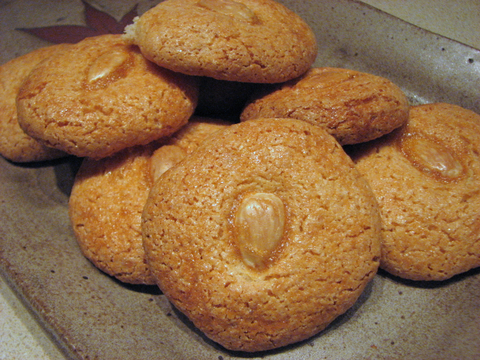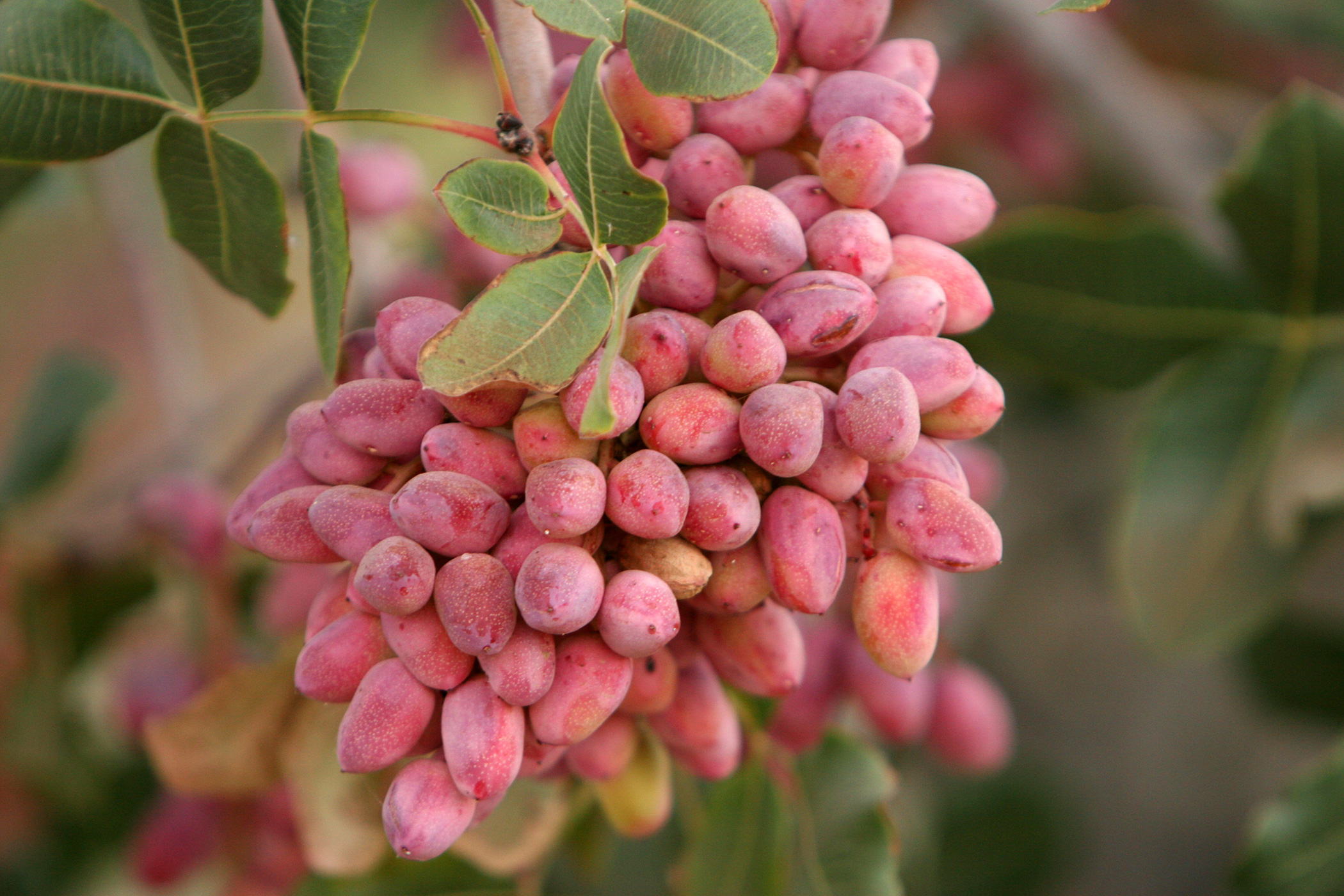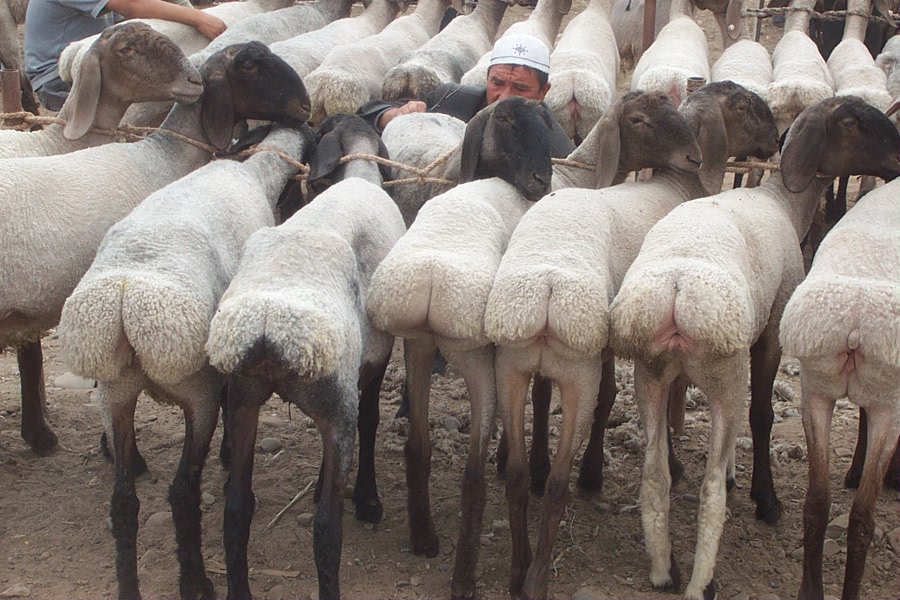|
ŇüńĪllńĪk
ŇěńĪllńĪk is a Turkish dessert crepe that is a specialty of the southeastern Urfa province. It is a thin dough made of milk and flour, similar to a crepe, filled with ground walnuts and topped with simple syrup and chopped pistachio. Some versions of the filling may include a mix of walnut and pistachio. Butter or Turkish grape molasses may optionally be added to the simple syrup sauce. Traditionally, lamb tail fat Tail fat is the fat of some breeds of sheep, especially of fat-tailed sheep. It is fat accumulated in baggy deposits in the hind parts of a sheep on both sides of its tail and on the first 3‚Äď5 vertebrae of the tail. These hind parts are used t ... was used to fry the crepes. In Turkish the word ''ŇüńĪllńĪk'' means slut or hussy, so some women in the conservative province of Urfa are not comfortable ordering the dessert by name, preferring instead to allow a male relative to order it for them or simply asking for "that dessert". References {{reflist Turkish dess ... [...More Info...] [...Related Items...] OR: [Wikipedia] [Google] [Baidu] |
Urfa
Urfa, officially called ŇěanlńĪurfa (), is a city in southeastern Turkey and the capital of ŇěanlńĪurfa Province. The city was known as Edessa from Hellenistic period, Hellenistic times and into Christian times. Urfa is situated on a plain about east of the Euphrates. Its climate features extremely hot, dry summers and cool, moist winters. About northeast of the city is the famous Neolithic site of G√∂bekli Tepe, the world's oldest known temple, which was founded in the 10th millennium BC. The area was part of a network of the first human settlements where the Neolithic Revolution, agricultural revolution took place. Because of its association with Jewish history, Jewish, History of Christianity, Christian, and History of Islam, Islamic history, and a legend according to which it was the hometown of Abraham, Urfa is nicknamed the "City of Prophets." Religion is important in Urfa. The city "has become a center of fundamentalist Islamic beliefs" and "is considered one of the m ... [...More Info...] [...Related Items...] OR: [Wikipedia] [Google] [Baidu] |
List Of Turkish Desserts
This is a list of desserts from Turkish cuisine. See also * Outline of kadayif * List of desserts * Turkish cuisine References {{DEFAULTSORT:Turkish Desserts, List Of Turkish desserts, * Dessert-related lists Turkey-related lists, Desserts Cuisine-related lists ... [...More Info...] [...Related Items...] OR: [Wikipedia] [Google] [Baidu] |
Walnut
A walnut is the edible seed of any tree of the genus '' Juglans'' (family Juglandaceae), particularly the Persian or English walnut, '' Juglans regia''. They are accessory fruit because the outer covering of the fruit is technically an involucre and thus not morphologically part of the carpel; this means it cannot be a drupe but is instead a drupe-like nut. After full ripening, the shell is discarded, and the kernel is eaten. Nuts of the eastern black walnut ('' Juglans nigra'') and butternuts ('' Juglans cinerea'') are less commonly consumed. Description Walnuts are the round, single-seed stone fruits of the walnut tree. They ripen between September and November in the northern hemisphere. The brown, wrinkly walnut shell is enclosed in a husk. Shells of walnuts available in commerce usually have two segments (but three or four-segment shells can also form). During the bumming process, the husk becomes brittle and the shell hard. The shell encloses the kernel or meat ... [...More Info...] [...Related Items...] OR: [Wikipedia] [Google] [Baidu] |
Simple Syrup
In cooking, syrup (less commonly sirup; from ; , beverage, wine and ) is a condiment that is a thick, viscous liquid consisting primarily of a Solution (chemistry), solution of sugar in water, containing a large amount of dissolved sugars but showing little tendency to deposit crystals. In its concentrated form, its consistency is similar to that of molasses. The viscosity arises from the multiple hydrogen bonds between the dissolved sugar, which has many hydroxyl (OH) groups. Types There are a range of syrups used in food production, including: * Agave nectar, Agave syrup, made from agave stem * Cane syrup, made from sugar canes * Chocolate syrup * Corn syrup * Glucose syrup * Golden syrup, a by-product of refining crystallized sugar * High fructose corn syrup, widely used in the US * Maple syrup * Table syrup Uses For beverages A variety of beverages call for sweetening to offset the tartness of some juices used in the drink recipes. Granulated sugar does not dissolve eas ... [...More Info...] [...Related Items...] OR: [Wikipedia] [Google] [Baidu] |
Pistachio
The pistachio (, ; ''Pistacia vera'') is a small to medium-sized tree of the Anacardiaceae, cashew family, originating in Iran. The tree produces nut (fruit)#Culinary definition and uses, seeds that are widely consumed as food. In 2022, world production of pistachios was one million tonnes, with the United States, Iran, and Turkey combined accounting for 88% of the total. Description The tree grows up to tall. It has deciduous, pinnate leaves long. The plants are dioecious, with separate male and female trees. The flowers are apetalous and unisexual and borne in panicles. The fruit is a drupe, containing an elongated seed, which is the edible portion. The seed, commonly thought of as a nut, is a nut (food), culinary nut, not a nut (fruit)#Botanical definition, botanical nut. The fruit has a hard, cream-colored exterior shell. The seed has a mauve-colored skin and light green flesh, with a distinctive flavor. When the fruit ripens, the shell changes from green to an autu ... [...More Info...] [...Related Items...] OR: [Wikipedia] [Google] [Baidu] |
Butter
Butter is a dairy product made from the fat and protein components of Churning (butter), churned cream. It is a semi-solid emulsion at room temperature, consisting of approximately 81% butterfat. It is used at room temperature as a spread (food), spread, melted as a condiment, and used as a Cooking fat, fat in baking, sauce-making, pan frying, and other cooking procedures. Most frequently made from cow's milk, butter can also be manufactured from the milk of other mammals, including Sheep milk, sheep, Goat milk, goats, Buffalo milk, buffalo, and Yak milk, yaks. It is made by churning milk or cream to separate the fat globules from the buttermilk. Dairy salt, Salt has been added to butter since antiquity to help Food preservation, preserve it, particularly when being transported; salt may still play a preservation role but is less important today as the entire supply chain is usually refrigerated. In modern times, salt may be added for taste and food coloring added for color. Kit ... [...More Info...] [...Related Items...] OR: [Wikipedia] [Google] [Baidu] |
Pekmez
Pekmez (; ) is a molasses-like syrup obtained after condensing juices of fruit must, especially grape, by boiling it with a coagulant agent like wood ashes or ground carob seeds. It is used as a syrup or mixed with tahini for breakfast. Etymology Pekmez is etymologically Oghuz Turkic in origin and it was called ''bekmes'' in the past. The oldest written account of the word is recorded in 1073 dictionary '' DńęwńĀn LughńĀt al-Turk'' by Mahmud al-Kashgari. History Fruit molasses, defrutum, goes back to the classical period. During the Byzantine era, the region of Trapezus (modern Trebizond) grew mulberry trees for silkworms. Local Armenians used mulberries to make a sweet syrup called ''petmez'' or ''pekmez''; the Greeks made grape syrup, ''siraios'' (ŌÉőĻŌĀőĪőĮőŅŌā). After the Byzantine Empire fell, the term ''petmez'' replaced the Greek names for grape syrup in Greek, in the form ''petimezi''. Regional variants In Turkey, sugar beet (''Ňüeker pancarńĪ''), figs ('' ... [...More Info...] [...Related Items...] OR: [Wikipedia] [Google] [Baidu] |
Tail Fat
Tail fat is the fat of some breeds of sheep, especially of fat-tailed sheep. It is fat accumulated in baggy deposits in the hind parts of a sheep on both sides of its tail and on the first 3‚Äď5 vertebrae of the tail. These hind parts are used to accumulate fat for subsequent use during dry seasons, similar to a camel's humps. It is known under the name kurdyuk in Russian and in Central Asian languages, from the proto-Turkic ''*kudruk'' 'tail'. Tail fat is known in Arabic as ''ŔĄŔäō©'', (''leeyeh'', ''leyyah'', or ''layeh''), ''zaaka'' in Algeria, '' kuyruk yańüńĪ'' 'tail fat' in Turkish, and ōĮŔÜō®Ŕá 'donbe'' or ''dombe' in Iran, ◊ź÷∑◊ú÷į◊ô÷ł◊Ē (''Alya'') in Hebrew, words which may be found in ancient texts as well as in local food culture and in sheep breeds' names. The rendered tail fat does not solidify at room temperature and is used in cuisine. Cracklings left after the rendering or frying of ''kurdyuk'' may be used as an appetizer. When being rendered, kurdyuk emits a ... [...More Info...] [...Related Items...] OR: [Wikipedia] [Google] [Baidu] |
Turkish Desserts
Turkish cuisine () is largely the heritage of Ottoman cuisine, Ottoman cuisine (OsmanlńĪ mutfańüńĪ), European influences, Seljuk Empire, Seljuk cuisine and the Turkish diaspora. Turkish cuisine with traditional Turkic peoples, Turkic elements such as yogurt, ayran, kaymak, gains influences from Mediterranean cuisine, Mediterranean, Balkan cuisine, Balkan, Middle Eastern cuisine, Middle Eastern, Central Asian cuisine, Central Asian and Eastern European cuisine, Eastern European cuisines. Turkish cuisine shows variation across Turkey. The cooking of Istanbul, Bursa, ńįzmir, and the rest of the Anatolia region inherits many elements of Ottoman court cuisine, including moderate use of spices, a preference for rice over bulgur, koftes, and a wider availability of vegetable stews (''t√ľrl√ľ''), eggplant, stuffed dolmas and fish. The cuisine of the Black Sea Region uses fish extensively, especially the European anchovy, Black Sea anchovy (''hamsi'') and includes maize dishes. The cuisi ... [...More Info...] [...Related Items...] OR: [Wikipedia] [Google] [Baidu] |








